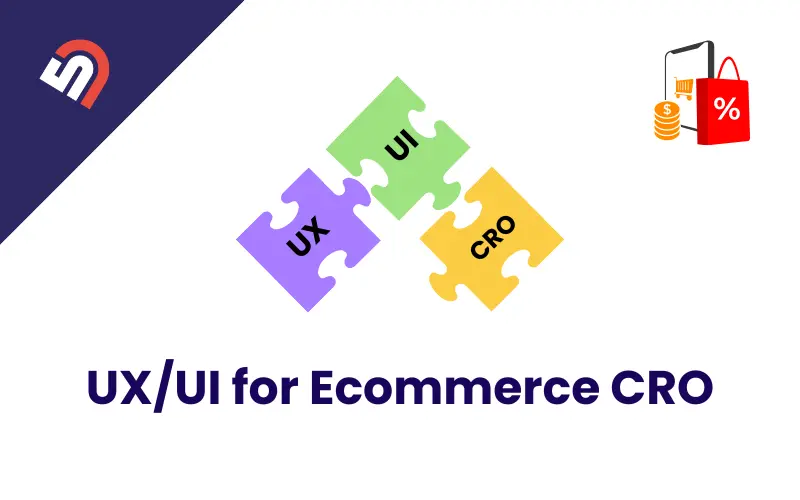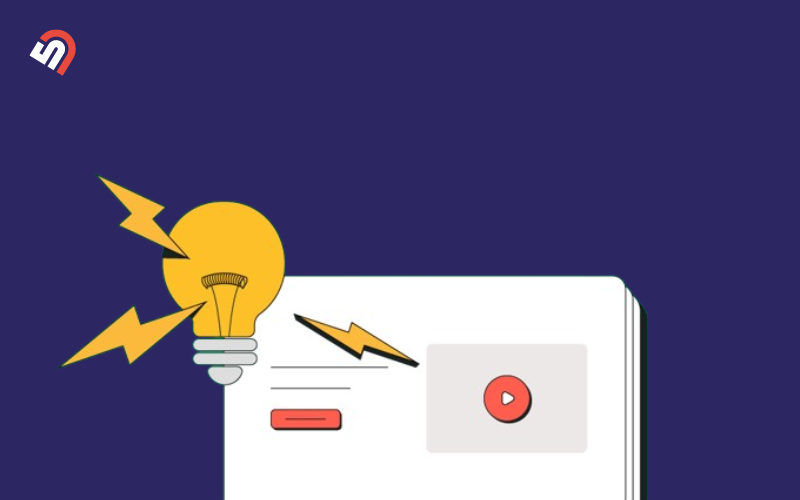Customers’ purchasing decisions are driven by their emotions most of the time. That’s why it’s really effective to understand customer psychology in ecommerce business.
Did you know that playing upbeat music in a retail store can increase the pace at which customers shop, and encourage them to buy more?
It may sound a bit strange, but this is how customer psychology works.
We like to believe that we are in control of our thoughts and we only make logical decisions. However, most of the time, our decisions are influenced by things we don’t even realize.
In this article, I will discuss 7 key principles of customer psychology that can help you succeed in e-commerce.
What is Customer Psychology?
Customer psychology is the study of why people buy. It looks at the psychological, social, and emotional reasons that affect how customers decide to buy products.
When you understand what drives these choices, you can create marketing and sales strategies that really resonate with your audience and boost sales.
7 Key Principles of Customer Psychology in Ecommerce
1. Reciprocity Principle

The reciprocity principle is a social rule that means: “If someone does something nice for you, you feel like you should do something nice for them too.” It’s all about mutual exchange.
This natural human response is frequently used in marketing and sales strategy to influence customers’ actions.
For example:
Have you ever received a candy along with your restaurant bill? It may seem like a simple gesture, but there’s a smart reason for it. Research has shown that people are more likely to leave a bigger tip when they receive something extra, even if it’s just a candy.
Many online business owners are already using the idea of reciprocity in their content marketing. They provide free resources, like ebooks or articles, to gather contact information from potential customers.
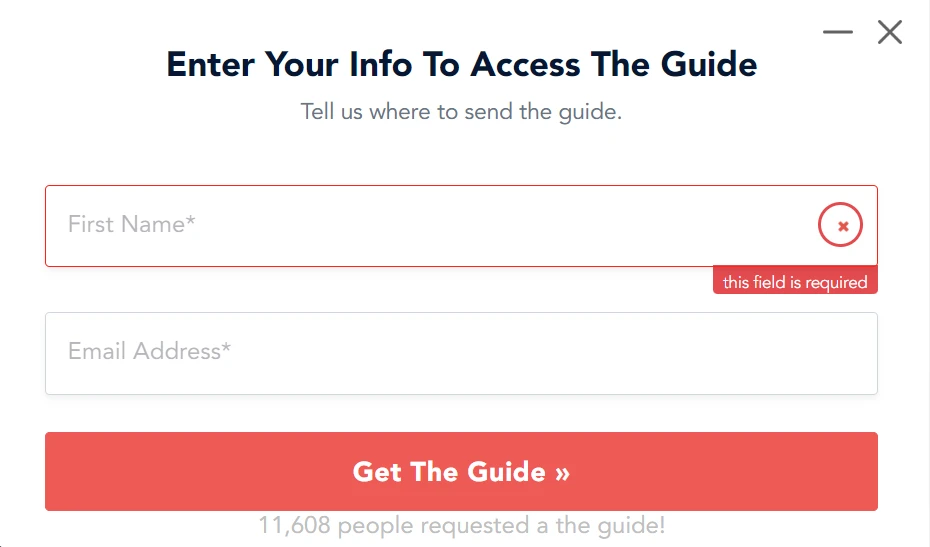
However, there’s an important point that many businesses overlook. When you offer something for free — whether it’s an ebook, an online course, or customer support — don’t do it just to get something back in return.
Customers can usually sense when your intentions aren’t genuine, and this can backfire. A study by the Nielsen Norman Group found that users often provide fake information when they face pushy lead-generation forms before the website has earned their trust.
So, keep in mind that a visitor who willingly gives their contact information is much more valuable than one who does it just because they feel forced to.
The key takeaway is simple: Give before you ask for something in return.
2. Scarcity Principle
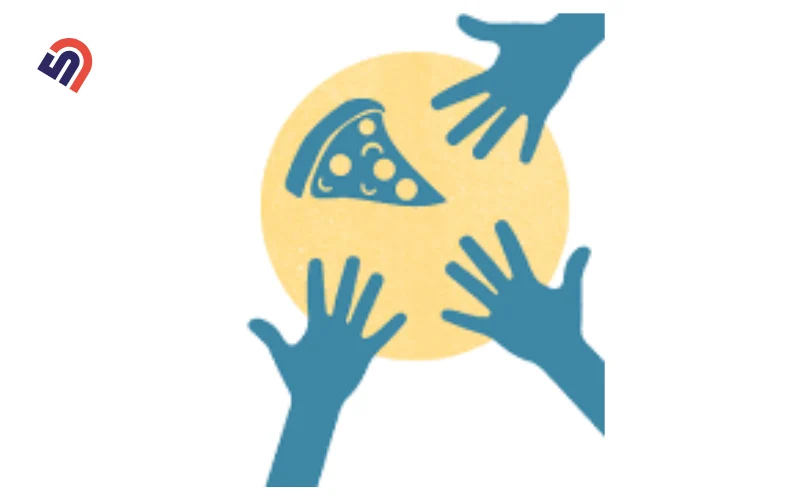
Have you ever noticed a product suddenly feels more desirable when it’s in short supply? That’s the power of scarcity in action! It’s a psychological trick that makes us humans value things more when they’re harder to get.
Dr. Robert Cialdini, a persuasion expert, named this principle “scarcity.”
Think about it—when you see labels like “limited edition” or signs that say “last chance for this offer,” those things suddenly seem more special, right? We don’t want to miss out on something unique, so we tend to act quickly and grab it before it’s gone.
It’s not just a feeling, either. Studies have shown people are willing to pay more for items presented as scarce.
Smart businesses understand this concept and use it to their advantage.
For example, booking.com displays message like “only x rooms left ” to make people feel like there is limited availability.

However, if you use these tactics too much or provide misleading information, they won’t be effective because people will lose trust in them.
3. Loss Aversion
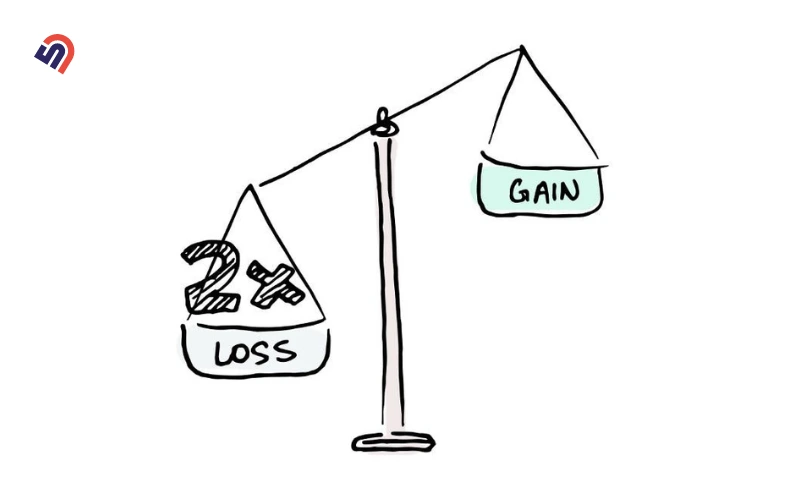
Humans have a strange way of dealing with loss. We often feel the pain of losing something much more intensely than the happiness of gaining something of equal value.
It’s like the pain of losing $10 feels worse than the joy of finding $10. This psychological tendency is known as loss aversion.
Why does this happen? It’s probably because our brains are programmed to focus on avoiding negative experiences.
Businesses can use the principle of loss aversion to attract customers by pointing out what they might lose.
For instance, instead of only discussing the benefits of a product, they can highlight what customers will miss if they don’t purchase it.
When advertising a limited-time offer, they can highlight how customers could lose the opportunity to take advantage of that deal.
4. Doubt-avoidance Tendency
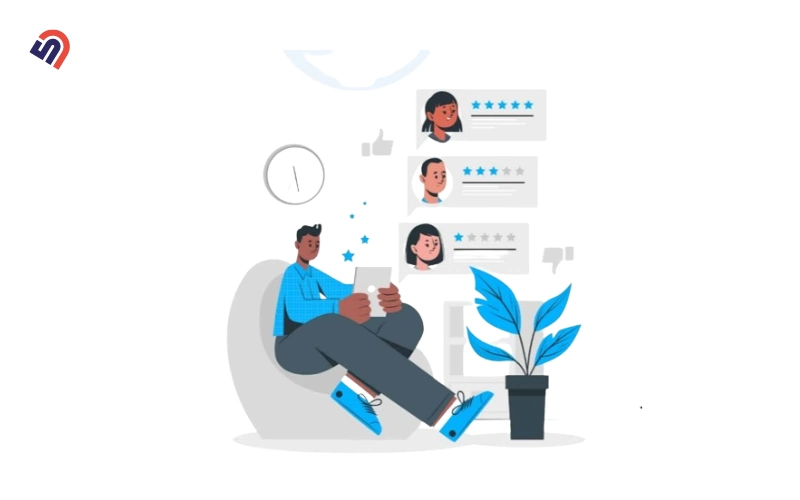
Nobody likes guessing games, especially when it comes to spending money. Online shopping can be tricky because you can’t physically see or touch the product. That’s why it’s essential for online stores to build trust with their customers.
One big way to do this is by showing clear and detailed pictures of the product. People want to know exactly what they’re buying, so great photos are a must.
Studies show that most online shoppers look at several pictures before deciding to buy.
Another way to boost trust is by sharing what other customers think. Reviews and testimonials can be a game-changer. People often look for recommendations before making a purchase. It’s like asking a friend for advice.
Finally, using labels like “bestseller” or “customer favorite” can give products a boost. It’s like a little push that says, “Hey, lots of people love this!” This can help customers feel more confident about their choices.
Remember, the goal is to make customers feel comfortable and informed. By providing clear information, honest feedback, and a bit of social proof, you can build trust and increase sales.
5. The Zero Price Effect
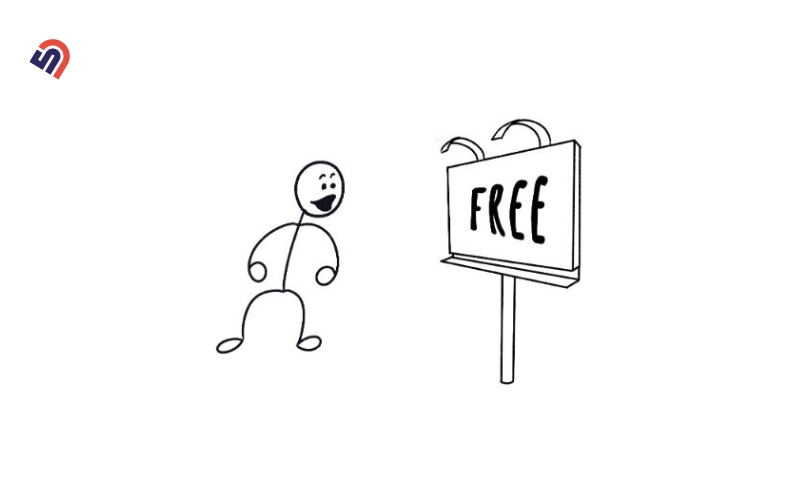
We all know that getting something for free is pretty exciting. It’s similar to the difference between receiving one extra cookie versus getting a whole plate of cookies—the free stuff is always more appealing.
This feeling of valuing free items is known as the “zero price effect.” Our brains really enjoy freebies! Even when we’re purchasing something, getting an extra item for free makes the whole deal feel much better.
Online stores have caught on to this. Offering free shipping is a classic example. People love it when they don’t have to pay extra to get their stuff. But surprise costs? Not so much.
Unexpected fees can really annoy customers and make them abandon their shopping carts.
So, it’s important to be clear about any additional costs. But don’t forget to promote your free offers! Let customers see how much they’re saving.
6.Anchoring Bias

Ever noticed how the first thing you see sticks in your head? It’s like your brain uses that information as a starting point for everything else. This is called anchoring.
When it comes to prices, the first number you see sets the tone for how you judge other prices.
Imagine you’re shopping and see a product with a big, bold original price tag. Right next to it is the sale price. Because you’ve already seen the higher number, the sale price looks like an amazing deal.
This is a clever trick stores use to make customers think they’re saving a ton of money.
7. Veblen Effect
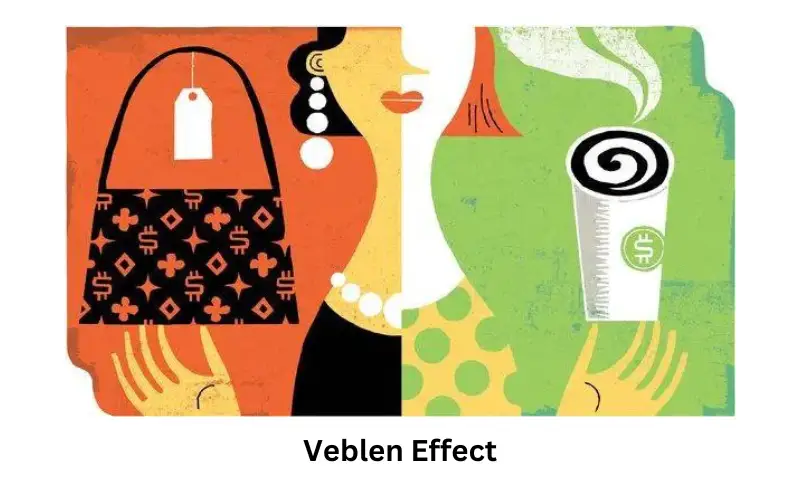
Have you ever thought about why some people choose to buy really expensive things when there are cheaper options available? It isn’t always just about the product itself. Sometimes, the high price is what makes it appealing. This is known as the Veblen effect.
Think about owning a luxury car. Sure, a regular car gets the job done, but the expensive one makes a bold statement. It says, “Look at me, I can afford this!” People often buy these high-priced items to show off their wealth or social status. It’s all about making an impression.
So, while most products tend to sell better when they’re less expensive, some items actually become more attractive when they cost more. It’s a strange, yet true, part of human behavior.
Wrap Up
Review each principle I’ve discussed, grasp the main concepts, and brainstorm ways to apply them to your eCommerce website. The more you focus on customer psychology in eCommerce, the more your business will grow.




